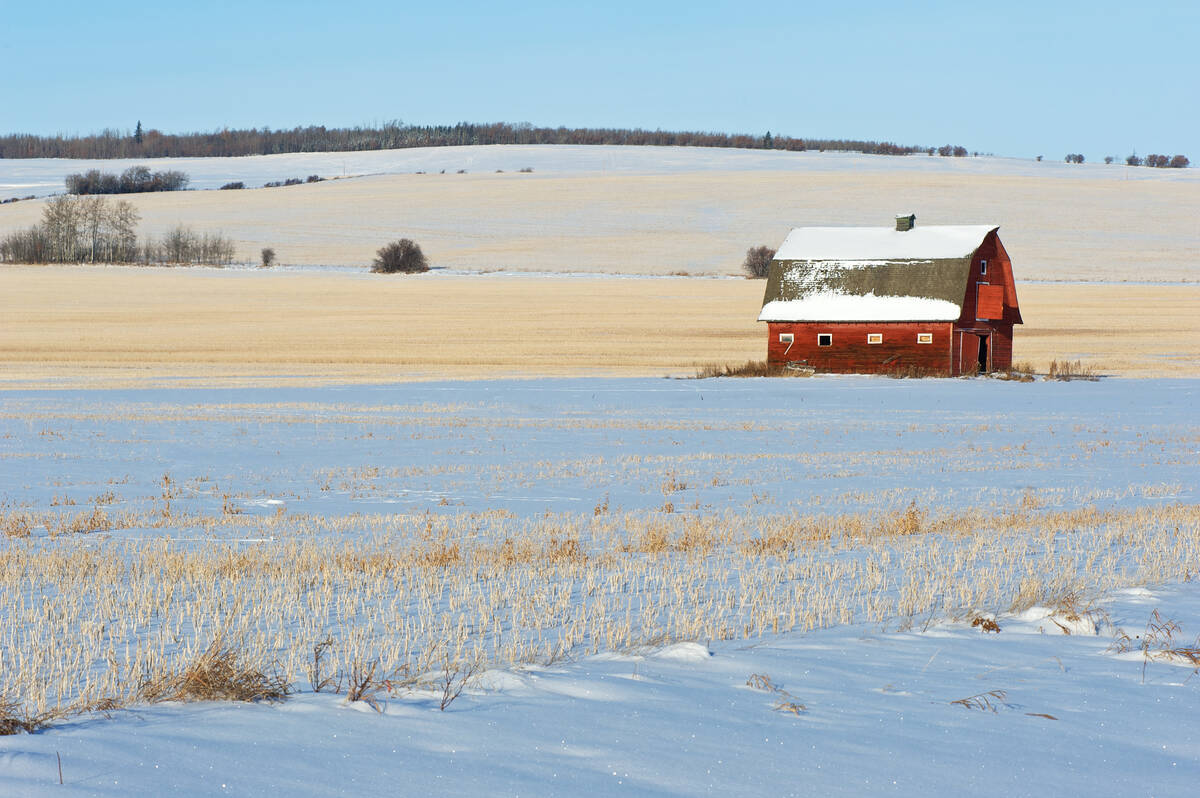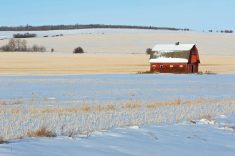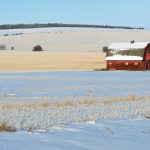While cool weather is a concern, western Canadian oat crops are in good to excellent condition so far, say industry analysts.
In Alberta, the largest oat-producing province, the latest crop report from Alberta Agriculture and Rural Development said that as of July 30, 89 per cent of the crop was rated good to excellent condition, compared to the five-year average of 62 per cent. Crop development was rated highest in the northern region, where most of the province’s oats are grown.
In eastern and central Manitoba, meanwhile, “I would be awfully surprised if anything goes under 100 bushels per acre,” said Manitoba Oat Growers Association president Bob Anderson, who farms at Dugald, east of Winnipeg.
Read Also

Prairie forecast: Plenty more chances for snow over Holidays
The pattern of Pacific storm system after Pacific storm system looks set to continue for a while longer. We begin this forecast period with a heavy snowfall warning in effect across parts of Alberta.
Generally, he said, hot temperatures at this time of year limit test weight, but this year with the cool temperatures, oats have been “busy making grain.
“I haven’t seen much evidence of diseases, even with this much moisture,” he added. “Oats crops are currently better than most… I have farmed since the 1960s and this is one of the best crops I have had.”
In Saskatchewan, 86 per cent of the crop was ranked good or excellent as of July 29.
Terry Tyson, purchasing manager for Grain Millers, an oat-milling company at Yorkton, Sask., said the recent cool weather is a double-edged sword. On one hand it allows plump, heavy kernels to form and increases yields.
The downside is that slow crop growth and development heighten the risk of fall frost and quality problems.
“A lot of growers in the area are starting to get pretty antsy and are worrying about the possibility of frost,” Tyson said.
The latest crop report from the Saskatchewan estimated that cereals in the key east-central region were two weeks behind normal development. If the cool temperatures further slow crop maturation, some growers will be sitting on edge until this year’s crop is in the bin.
Randy Strychar, an oat analyst with Ag Commodity Research, is less concerned.
“The oat crops across the Prairies look very good right now,” he said. He recently analyzed data back to the 1940s, which showed there was a one-in-20 chance of serious killing frost prior before Sept. 10.
“If we get this crop off we will have a tremendous crop as yields will be well above average,” Strychar said.
In recent years, oats have been one of the less profitable crops for western Canadian farmers, and acreage has been declining. This spring oats was the second-poorest returning crop in the black soil zone of Saskatchewan, according to the Saskatchewan Ministry of Agriculture’s annual cost of production analysis.
However, oats prices strengthened around the time of seeding this year, as ending stocks of oats were tight and buyers needed to replenish supplies. Contract prices offered at seeding time had increased substantially.
“In every crop except oats, what happens in Western Canada doesn’t really impact prices,” Anderson said.
Statistics Canada reported that acreage increased by more than 500,000 acres from 2012, which had one of the lowest oats areas on record.
— Stuart McMillan writes from Winnipeg on weather and agronomic issues affecting Prairie farmers.














